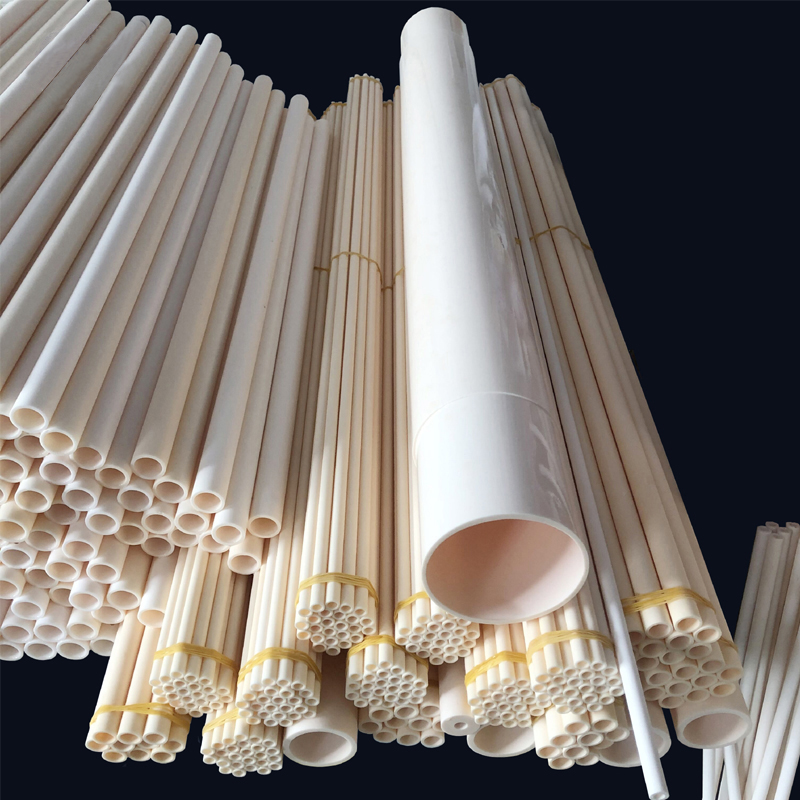In today's industrial manufacturing field, alumina ceramics, with their excellent performance and wide range of application scenarios, have rightfully earned the title of "King of Ceramics". From aerospace to electronics and power, from medical devices to chemical metallurgy, this remarkable material has permeated almost every corner of modern industry. But what exactly enables alumina ceramics to be so widely applied in various fields?
The "Hexagonal Warrior" of Alumina Ceramics
The fundamental reason why alumina ceramics can occupy a dominant position in the industrial field is that they integrate almost all excellent properties, deserving the title of "Hexagonal Warrior" in the material world. Let's delve into the various remarkable characteristics of this magical material.

Extraordinary wear resistance:High-purity alumina ceramics (Al₂O₃) can achieve a Vickers hardness of over 20 GPa, a value that far surpasses that of most metal materials. Industrial operation data confirms that its wear-resistant service life is ten times or even dozens of times longer than that of hardened steel. When transporting abrasive media in industries such as metallurgy, electric power, mining, and coal, alumina ceramics exhibit unparalleled advantages in wear resistance.
Excellent high temperature resistance performance:This enables alumina ceramics to remain stable even in extreme environments. Studies have shown that alumina ceramics can be used in an atmospheric environment at temperatures as high as 1750°C (2900°F), and even at a high temperature of 1000°C, they can still maintain 50% of the tensile strength they have at room temperature. This characteristic makes them an ideal choice for high-temperature applications such as aero-engine components and high-temperature furnace structural parts.
Excellent chemical corrosion resistance:This enables alumina ceramics to shine brilliantly in the chemical industry. It exhibits high corrosion resistance to most chemical corrosives such as acids, alkalis, and organic solvents, and its corrosion resistance is superior to that of most metal materials. In applications like chemical reaction vessels and catalyst carriers, alumina ceramics demonstrate exceptional chemical stability.
Excellent electrical insulation performance:This serves as the foundation for the wide application of alumina ceramics in the electronic and electrical industry. It possesses high electrical resistivity and excellent electrical insulation properties, making it an ideal material for manufacturing integrated circuit substrates, high-voltage insulators, electronic components, and more. Even in high-temperature environments, alumina ceramics can still maintain good insulation performance, a capability that many other materials find difficult to match.
Low operating resistance characteristics:Alumina ceramic pipes exhibit excellent performance in fluid transportation. The inner surface of high-purity alumina ceramic wear-resistant pipes is smooth and never rusts. Tests on their inner surface roughness and clean water resistance characteristics show that their smoothness is superior to that of any metal pipe. This feature significantly reduces energy consumption during the transportation process.
Environmental safety:This is an important advantage of alumina ceramics. It does not produce harmful substances during the production and use processes, and is harmless to the environment and human health. This characteristic makes it highly favored in industries with strict hygiene requirements such as food and pharmaceuticals.

